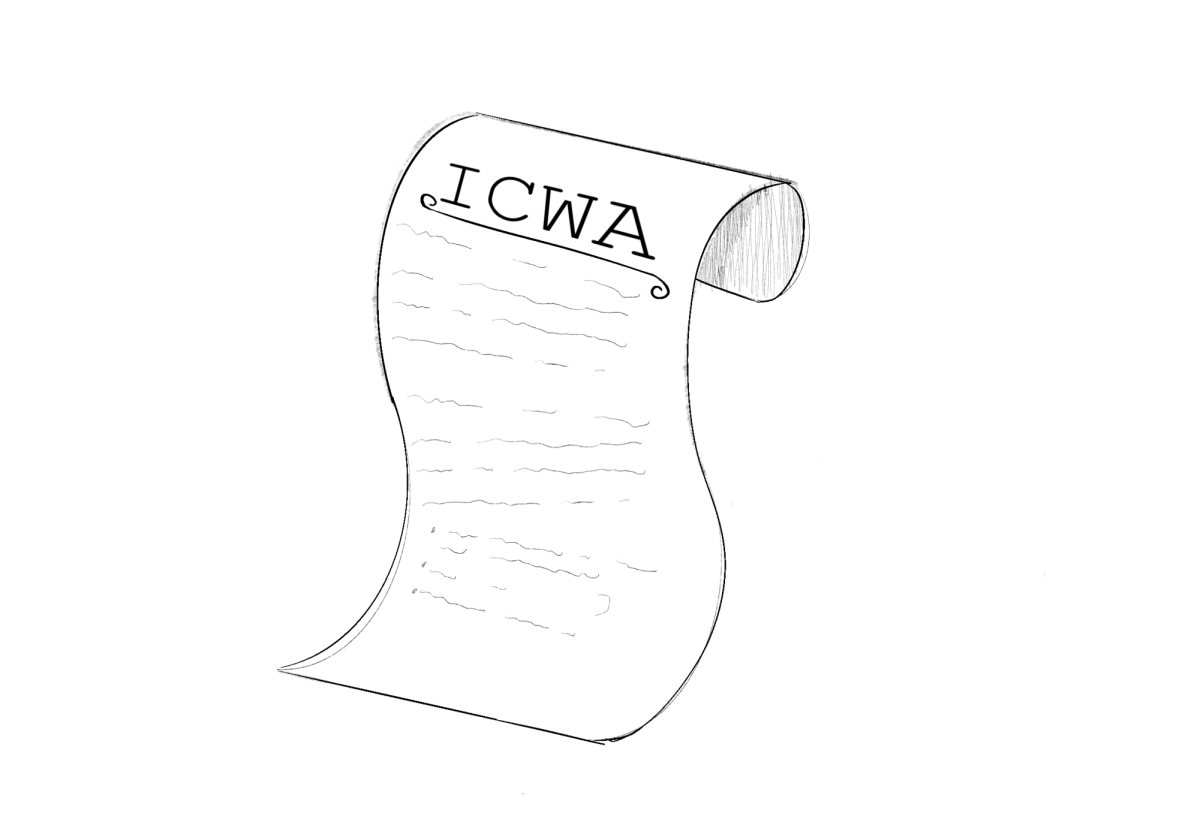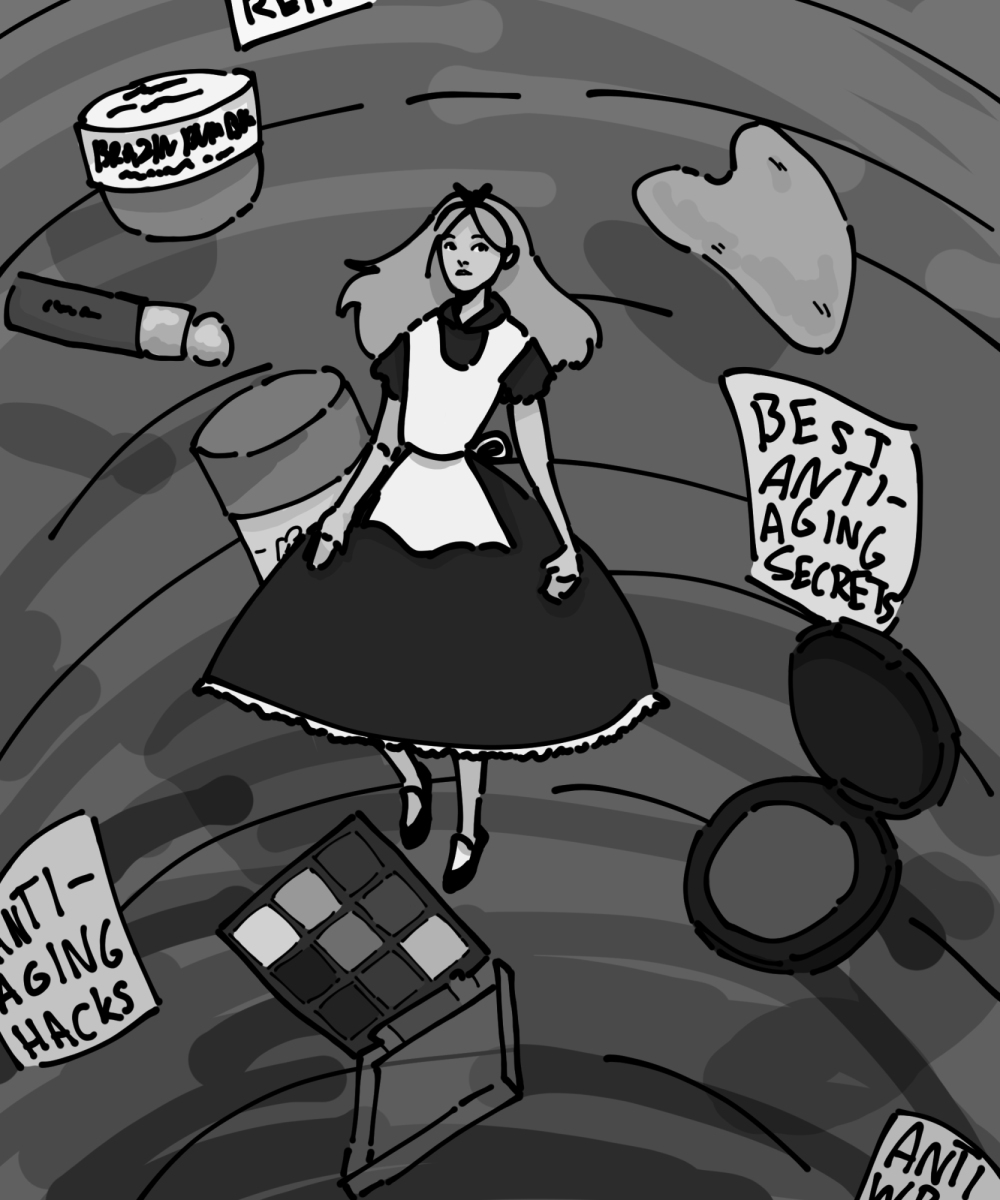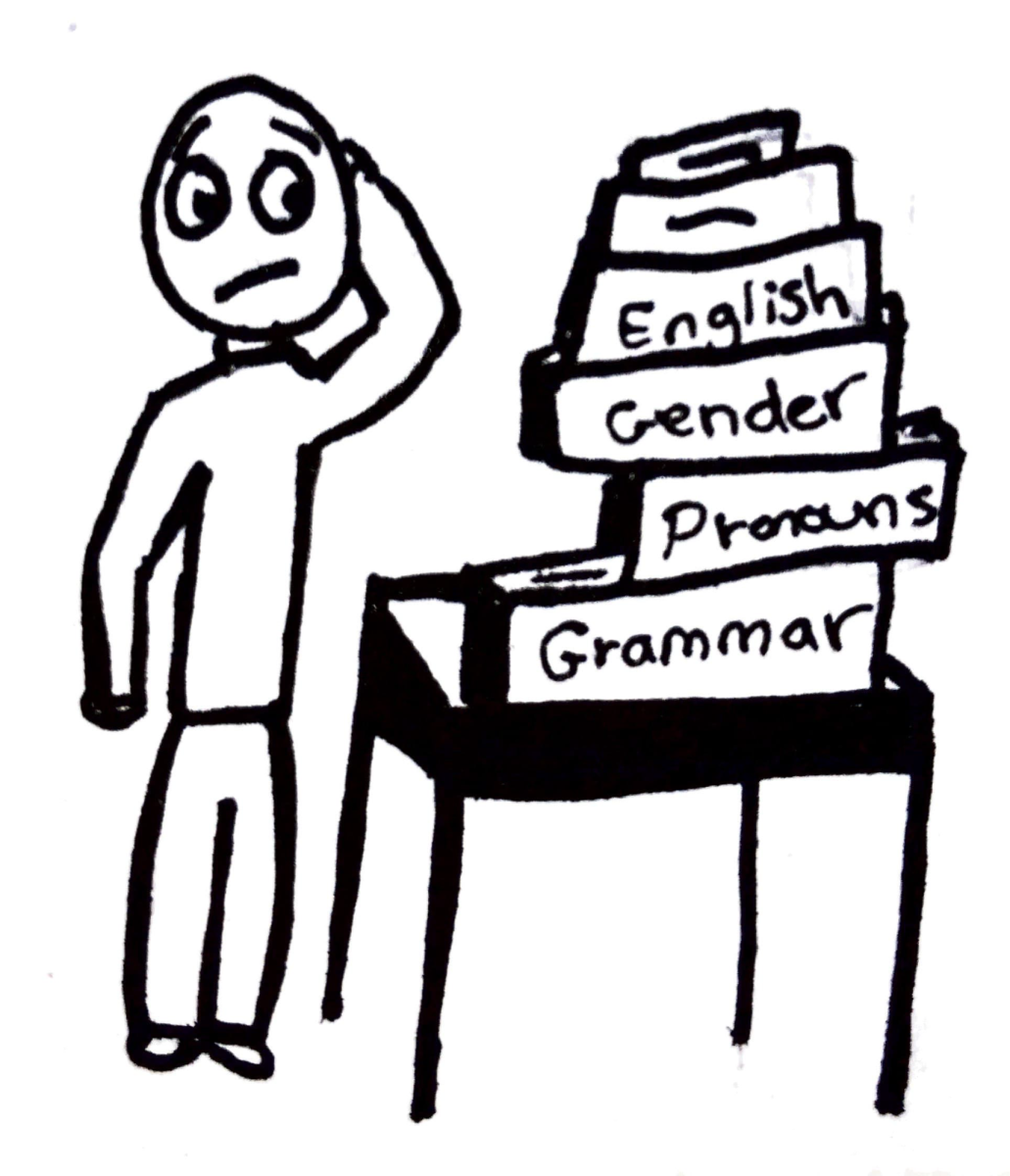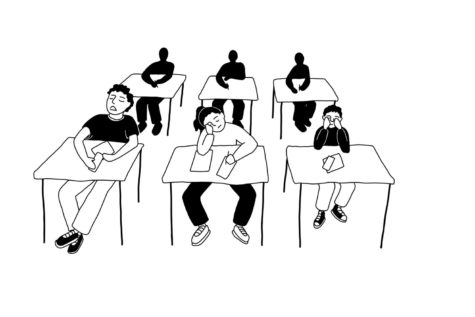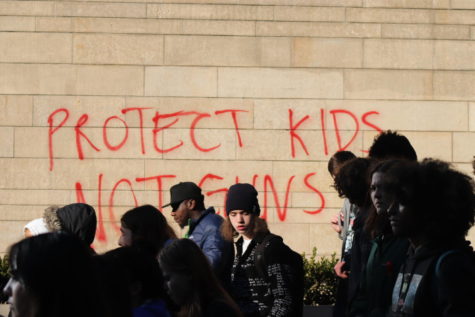The pros and cons of required service hours
Does school-mandated community service instill positive values in students?
April 21, 2023

received service hours for organizing this event. (Emma Steinburg)
With summer break on the horizon, students are often met with realizations of dreaded end-of year-requirements. For seniors in particular, graduation requirements must finally be faced, without much time left for putting off PE waivers and Naviance activities.
Among these tasks is the service hour requirement for all students. Though the district-wide requirement was briefly waived due to COVID-19, all students must once again meet the 60 hour threshold to receive their diploma in June.
The final push to record service hours and tie up loose ends is also unsurprisingly accompanied by grumblings about the hours, forms, or system as a whole. Some argue the requirement should be abandoned for good, frustrated that they are not in a class that escaped the mandated service. Though service hours differ from other school assignments, ultimately, they are another box to check along the path towards graduation.
So, as students rushed to check this box, we considered its purpose. In an ideal world, service hour requirements push students into new environments, encourage them to help their communities grow and thrive, and maybe even add a boost to resumes and college applications.
But in practice, do these requirements truly instill positive values among students, or do they make us equate community service with-box checking and school work?
To begin, some of the key players in the service hour system are clubs and student unions. Club advisers are always well aware of the requirements, as they are regularly bombarded with requests to sign forms and record student involvement. Even if the system may not function flawlessly, it is hard to deny that these service hour requirements encourage students to participate in a variety of activities in school and out.
For instance, many student club leaders are familiar with the most effective recruiting strategy: reminding students that they can get service hours for participating in club activities. Though it may seem superficial on some level, this is often the basis for club involvement. Without the quest for service hours, students may not have joined clubs in the first place, and the fundraisers, educational projects and activism that is found throughout the school may not have happened. Recently, students received service hours for running the Sunrise Club bake sale and organizing Multicultural Week, along with other club activities that each add to an active student body.
After all, not everything has to be wholly internally motivated to make a positive difference, as mandated community service often demonstrates.
By definition, service hour requirements ensure that over 20,000 hours of service are completed by each graduating class at Ballard. Outside of school, local organizations rely on volunteers, many of which are high school students. As promoted on the school website, The Ballard Food Bank, Phinney Neighborhood Association and Ballard NW Senior Center are in regular need of this participation, just to name a few.
Another upside of the service hour requirement is that it is one of the few graduation requirements that can be truly tailored to personal interests. Students can coach youth sports teams, volunteer through their church, help out at the local theater or participate in an endless range of other activities. Allowing students to make these decisions for themselves may be a key feature for a system that seeks to encourage authentic care and commitment.
However, this flexibility also means that not all service hours are created equal. Hours can be easily overreported, and everyone from teachers, to organization leaders, to family friends can sign the records of service. Everyone has their own definition of impactful service, but it is hard to argue convincingly that, say, keeping score for a school sports team, is the most meaningful way to spend the entirety of your community service time.
Service hours can also become a different burden for students with more extracurricular responsibilities. What happens when a student who works 20+ hours a week to support their family cannot spare time for volunteering? Over the past decade, SPS has decided that 60 hours is a reasonable threshold for all students, though it’s difficult to settle on a single requirement that works for everyone.
Beyond BHS, there has been debate over the constitutionality of public school service hour requirements. For instance, in two 1996 cases, district courts and the US Circuit Court of Appeals ruled on this issue. Both came to the conclusion that the service requirements were not unconstitutional, as they aligned with US educational goals.
Additionally, there has been some research into the efficacy of service hour requirements. Though some studies suggest that service hour requirements lower volunteering participation overall, or simply change the timing of service, as described by an article in the journal Economics of Education Review, others have found a positive correlation between volunteering as a student and volunteering later in life.
We will never be completely sure if students would volunteer as much without the requirements, or if their values would shift, but ultimately service hour requirements can still be seen as a positive force. Amidst other educational hoops to jump through that can feel restrictive, arbitrary and tedious, service requirements are a thoughtful exception that might convince us to care a little more, now and throughout life. Even if we grumble about the paperwork, the service itself is a beneficial part of our time at Ballard.
![West Seattle High School’s (WSHS) Chinese program is closing down and teachers in the program are informed to transfer to a different high school. At WSHS, 475 both former and current students have signed a petition to help teacher Ying Yu continue her Chinese program. She shares that initially, the program offered only four classes with 90 students but with her initiatives, the program grew to be full-time with 154 students and 137 students on the waiting list. (Seattle Public Schools Board Meeting YouTube Channel: Seattle Schools Board Meeting May 8, 2024, [58:25])](https://ballardtalisman.org/wp-content/uploads/2024/06/Screenshot-2024-06-14-134038.png)
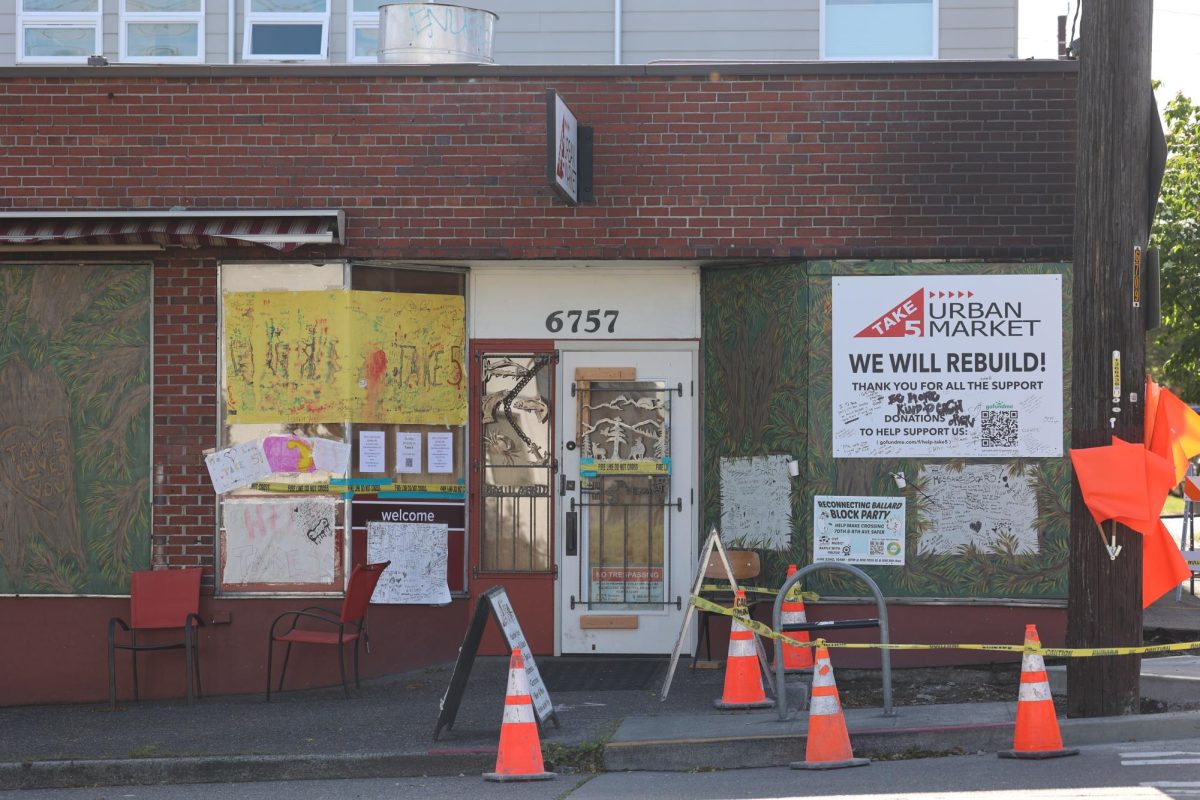

![“Link Crew is meant to be a way for [upperclassmen] to help ninth graders with the transition to high school,” Laura Lehni, language arts teacher, ASB advisor and Link coordinator, said](https://ballardtalisman.org/wp-content/uploads/2024/05/IMG_4601-1200x800.jpg)










![Henry Willy [pictured left] taking the field with his teammates in a 10-11 loss vs. Saas.](https://ballardtalisman.org/wp-content/uploads/2024/05/IMG_2431.jpg)



